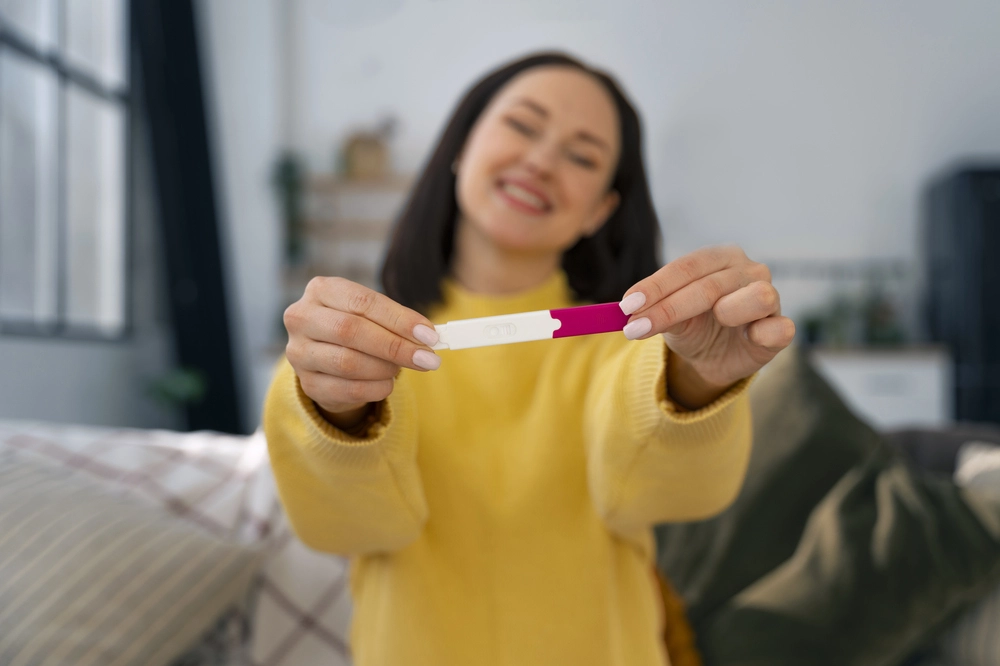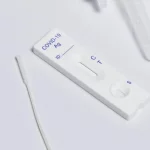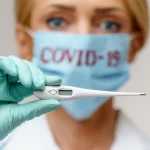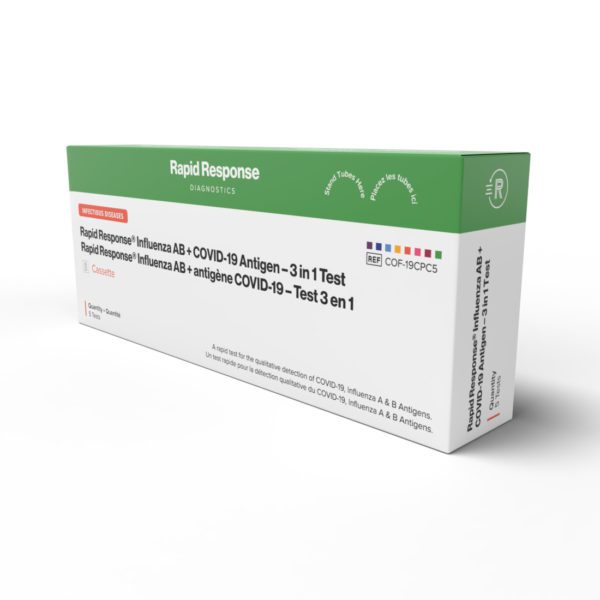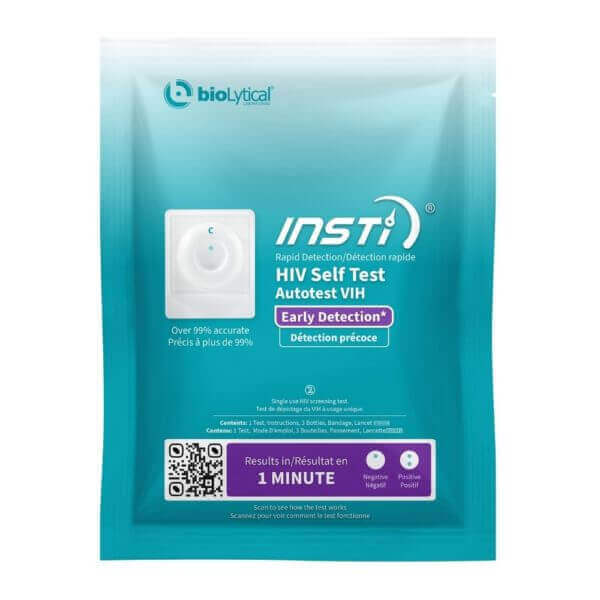Using an ovulation kit removes much of the guesswork involved in your family planning process.
That said, when’s the best time to take it?
What are ovulation tests?
Ovulation tests, often referred to as ovulation predictor kits (OPKs), are tools that help determine the most fertile days in your menstrual cycle. These tests work by detecting the surge in Luteinizing Hormone (LH) that occurs 24 to 36 hours before ovulation. This LH surge triggers the release of a mature egg from the ovary and marks the time of highest fertility.
There are various types of ovulation tests available in the market, including test strips, midstream tests and digital options, each offering different levels of convenience and accuracy.
Why would I use an ovulation test?
The primary reason for using ovulation tests is to increase the chances of conception. It takes the guesswork out of identifying your fertile days so you can be more confident and have more control over your family planning efforts.
Since the LH surge happens around 24 to 36 hours before ovulation, there’s a narrow window where you can align intercourse with ovulation. This is particularly helpful if you have irregular menstrual cycles or who have been trying to conceive for some time without success.
Ovulation tests can also be used together with other fertility tracking methods to give a more complete understanding of your menstrual cycle.
When do I use ovulation tests?
The ideal time to start using ovulation tests depends on the length of your menstrual cycle. A common recommendation is to begin testing about 10-12 days after the start of your last period or a few days before you expect to ovulate. However, this can vary based on your cycle length.
What time of day should I take an ovulation test?
The best time to take an ovulation test is in the afternoon or early evening. LH is synthesized in the morning, but it can take several hours to appear in the urine.
Testing later in the day increases the chances of detecting the LH surge.
Test at the same time each day and reduce liquid intake for about two hours beforehand to avoid diluting the urine, which can make LH harder to detect.
Testing ovulation with an irregular menstrual cycle
If you have an irregular menstrual cycle, predicting ovulation can be more challenging. In such cases, it may be helpful to use ovulation tests over a longer period. Start by tracking your cycle for a few months to identify any patterns, even if they seem inconsistent. Since your cycle varies, you might need to test more frequently to catch this surge. Begin testing soon after your period ends and continue until you detect the LH surge.
Also, use the test in combination with other methods, such as basal body temperature (BBT) tracking or fertility apps. Since your BBT rises slightly after ovulation, recording these changes can help you identify your fertile window over time.
How to use an ovulation test
Before starting the test, keep in mind that the best time to do it is ideally in the afternoon and it’s recommended to repeat the test at the same time each day. Also, avoid drinking excessive fluid about two hours before the test to avoid diluting your urine.
Most ovulation tests come with detailed instructions, but here’s the general process of doing it:
1.) Collect a urine sample or place the test stick directly in your urine stream.
2.) Wait for the indicated time.
3.) Check the test result. A positive result suggests that ovulation is likely to occur within the next 24 to 48 hours.
4.) Record the result.
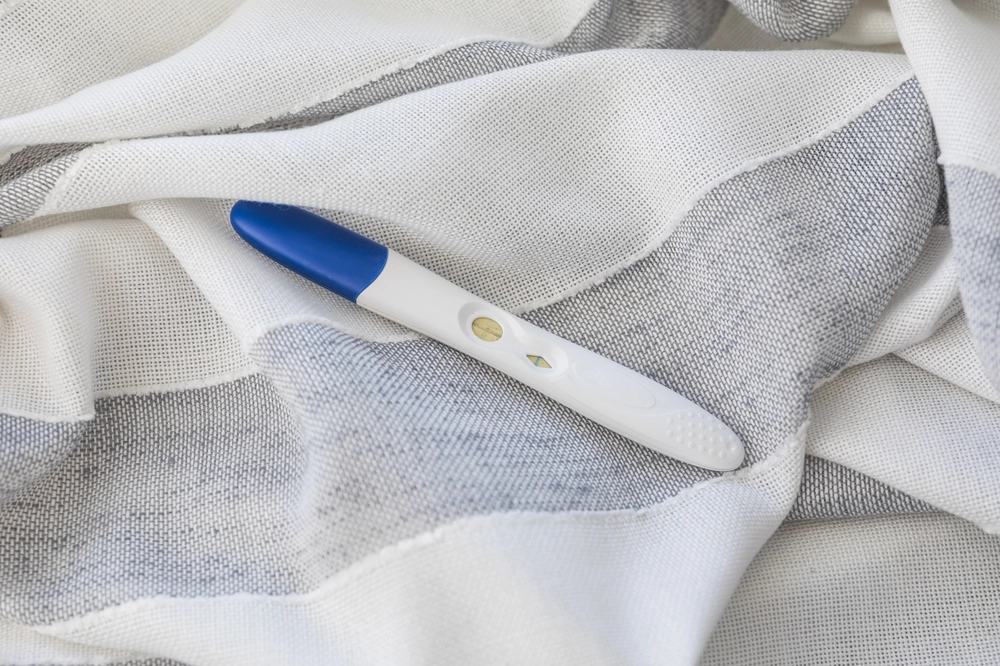
Advantages of using an ovulation test
The main advantage of using an ovulation test is that it can significantly improve your chances of conceiving by identifying your most fertile days.
This is especially beneficial if you have irregular cycles or are unsure about when you ovulate.
Other advantages of using this test include:
- Non-invasive
- Easy to use at home
- Relatively affordable compared to other fertility tracking methods
Disadvantages of using an ovulation test
One disadvantage of ovulation tests is that they can become costly over time, especially if used over several months. Purchasing these tests regularly can add up, especially if you have irregular cycles and need to test more frequently.
They also don’t guarantee conception since they merely indicate when ovulation is likely to occur. Additionally, ovulation tests can add stress or pressure to the conception process, and they are not always accurate in women with certain medical conditions, such as Polycystic Ovary Syndrome (PCOS). Relying too heavily on these tests might lead to increased anxiety, which can detract from the overall experience of trying to conceive.
Finally, there’s always a chance that the test might not work as expected due to manufacturing errors or user mistakes, which can result in missed opportunities and further disappointment.
Are ovulation test results 100% accurate?
While ovulation tests are generally reliable, they are not 100% accurate.
These factors can affect its accuracy:
- Testing at the wrong time of day
- Incorrect usage
- Having certain medical conditions
A positive result on an ovulation test doesn’t guarantee ovulation will occur, it only indicates that the body is preparing for it. Even if the test indicates an LH surge, it doesn’t guarantee that ovulation will occur, as sometimes the body can have an LH surge without releasing an egg. It’s also possible for the test to miss the LH surge if your hormone levels rise and fall quickly.
Key takeaway
Understanding when to take ovulation tests and how they work is a valuable step for anyone trying to conceive. While they offer many benefits, use them as part of a broader approach to fertility tracking for the best results.
